How to take care of plants you have no idea what the plant is?
HopeRodriguez-cruz
10 years ago
Related Stories
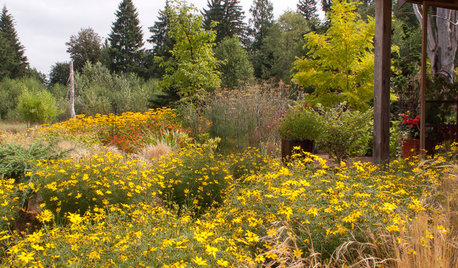
FLOWERSGreat Design Plant: Zagreb Tickseed Takes Care of Itself (Almost)
Get colorful drama along with deer resistance, drought tolerance and low maintenance — plus a butterfly or two
Full Story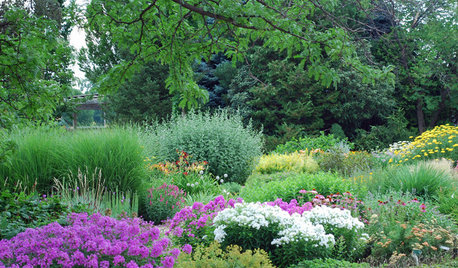
LANDSCAPE DESIGNTake Your Garden on a Rural Route With Plant-Dominant Designs
Let plants take center stage for a garden that recalls idyllic pastures fashioned by nature's hand
Full Story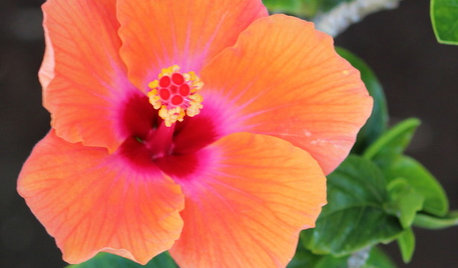
GARDENING GUIDES8 Take-Home Planting Ideas From Hawaii's Big Island
Bring the tropical spirit of Hawaii to a mainland garden — for a summer or even longer
Full Story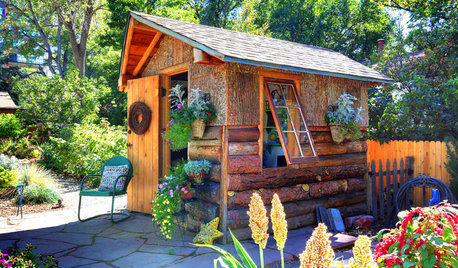
SUMMER GARDENINGPhoto Gallery: Summer Gardens Take a Bow
Home gardeners amazed us with photos of their flower beds, sheds and outdoor rooms. Take a look and get ideas for fall planting time
Full Story
NATIVE PLANTSPlant These Fall-Flowering Natives in Early Summer for Pollinator Love
These 3 groups of plants will support masses of beneficial insects come autumn
Full Story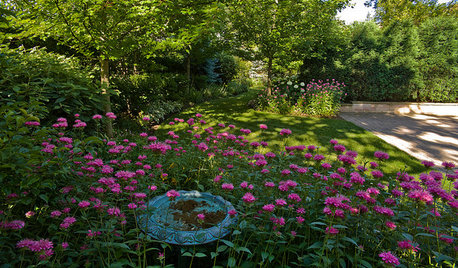
LANDSCAPE DESIGNExuberant Self-Seeders for Gorgeous, Easy-Care Gardens
Keep weeds down, color high and maintenance low with beautful plants that sow themselves
Full Story
GARDENING GUIDESInvite Mining Bees to Your Garden by Planting Their Favorite Plants
Look for mining bees (Andrena) pollinating woodland wildflowers in U.S. gardens this spring
Full Story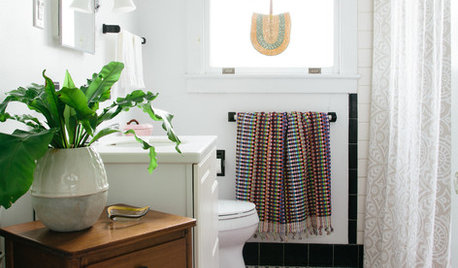
CONTAINER GARDENSFreshen Up the Bath With Lush and Healthy Plants
Learn how to choose and care for plants that will do well in your space
Full Story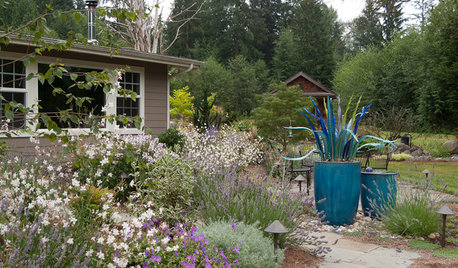
GARDENING GUIDES5 Easy Plants for a Romantic Entry Garden
Abundant flowers, a heady fragrance and striking foliage combine for a romantic front-yard garden that's deceptively low maintenance
Full Story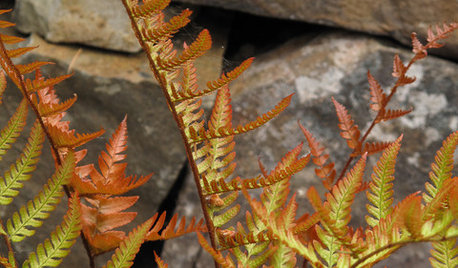
GARDENING GUIDESGreat Design Plant: Autumn Fern Adds Color All Year
Use this evergreen, easy-care fern for soft texture and coppery tints in container gardens and the landscape at large
Full StoryMore Discussions









floral_uk z.8/9 SW UK
tapla (mid-Michigan, USDA z5b-6a)
Related Professionals
Londonderry Landscape Architects & Landscape Designers · Norfolk Landscape Architects & Landscape Designers · Southfield Landscape Architects & Landscape Designers · Surprise Landscape Contractors · Brockton Landscape Contractors · Cornelius Landscape Contractors · El Reno Landscape Contractors · Kahului Landscape Contractors · Lynwood Landscape Contractors · Mastic Beach Landscape Contractors · Reedley Landscape Contractors · San Carlos Park Landscape Contractors · San Pedro Landscape Contractors · Wayland Landscape Contractors · Nashville Interior Designers & DecoratorsTiffany, purpleinopp Z8b Opp, AL
pirate_girl
tapla (mid-Michigan, USDA z5b-6a)